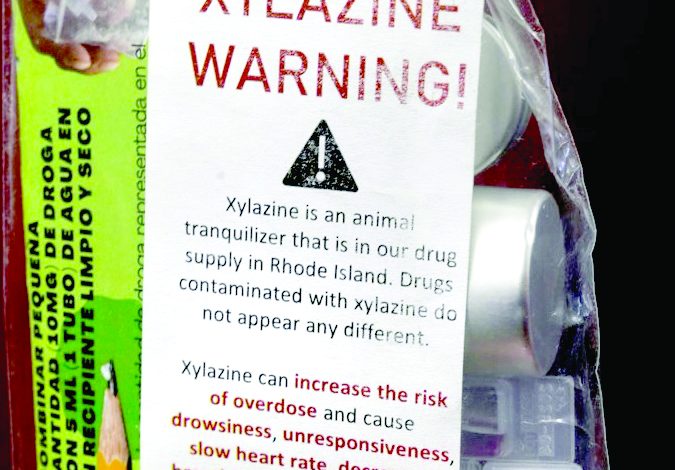Local News
Is Local Law Enforcement Ready When Deadly New Drugs Hit Rural Nebraska?


By Gordon HopkinsNew and potentially deadly drugs are increasingly being found in the United States’ supply of illicit street drugs.When asked if they are prepared for when those drugs show up in the community, local law enforcement agencies responded that they are as prepared as they can be for such an eventuality.‘Frankenstein’ OpioidsLast year, the …
Please login to view this content.